Mardi Gras was something I grew up hearing about, but never really celebrating apart from our school’s pancake breakfast every year. When I was in grade school, we went to New Orleans for Spring Break, which lined up pretty closely with the city’s massive Mardi Gras celebration. Needless to say, at grade school age, I was a bit young to be taking in the sights and sounds that accompany a traditional New Orleans Mardi Gras celebration. As I recall, we came across remnant beads and masks strewn about the ground throughout our week down there.
As an adult dating a Dutchman from the South of the Netherlands, I was quickly introduced to Carnaval. It took me a couple of years at least to recognize that this celebration, akin to Halloween with the costumes, was their version of Mardi Gras. Falling every year around the time of Ash Wednesday, I soon recognized that this was a celebration had a Lenten connection, and therefore was religious at its roots. If you’ve ever been to a Dutch Carnaval celebration, you’ll know how surprised I was to discover that a celebration wrought with such debauchery and craziness could have any “pure” roots! After all, Lent was once a time of fasting (before it’s “I’ll just give up one thing” iteration of today) and reflection, not raucous partying.
Still, Carnaval week has been a fun part of my Dutch cultural integration. Although the music is among the worst I’ve ever heard, the atmosphere and the dancing are hard to beat. And it makes up for me having missed Halloween for the last 10+ years.




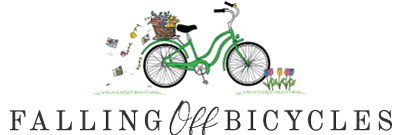
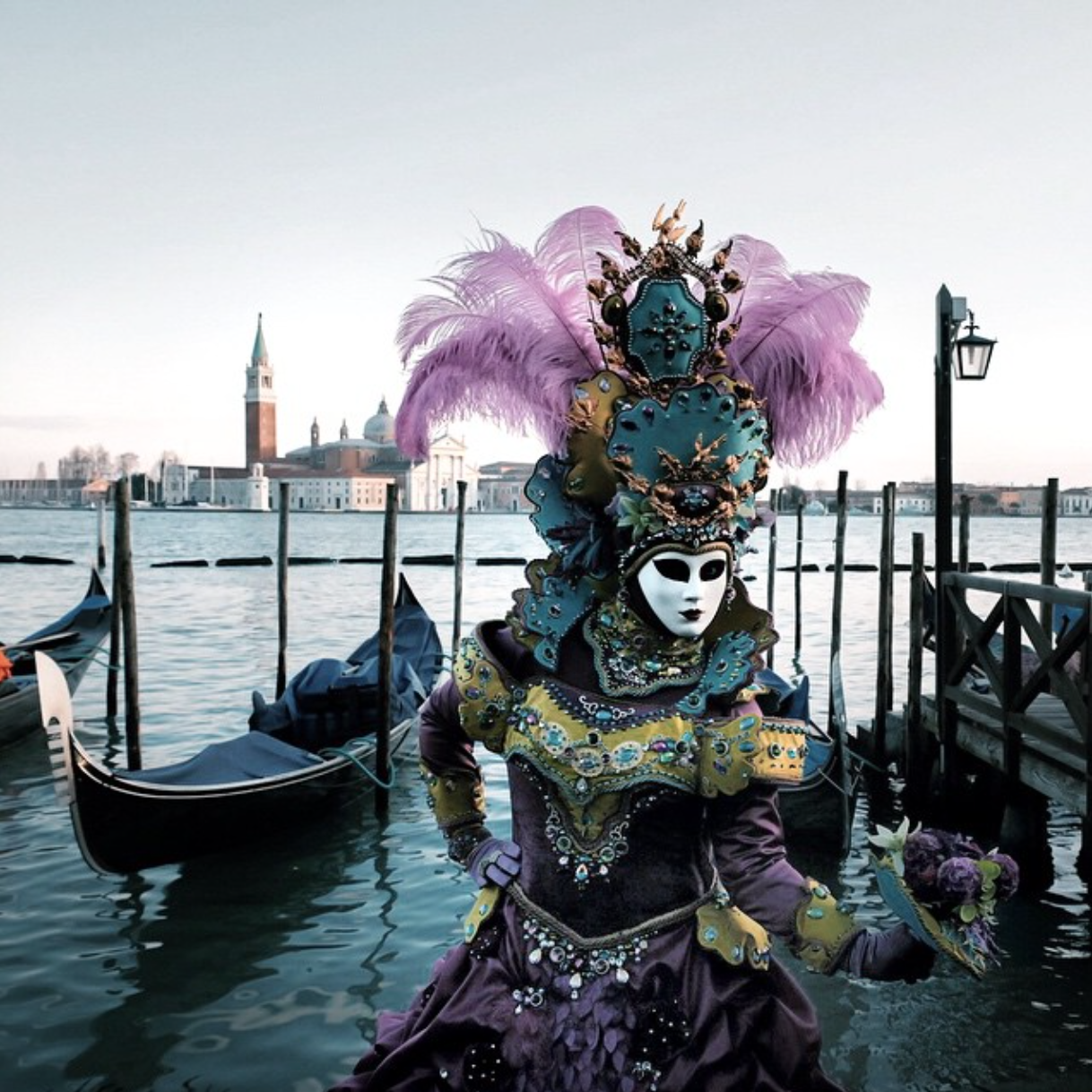
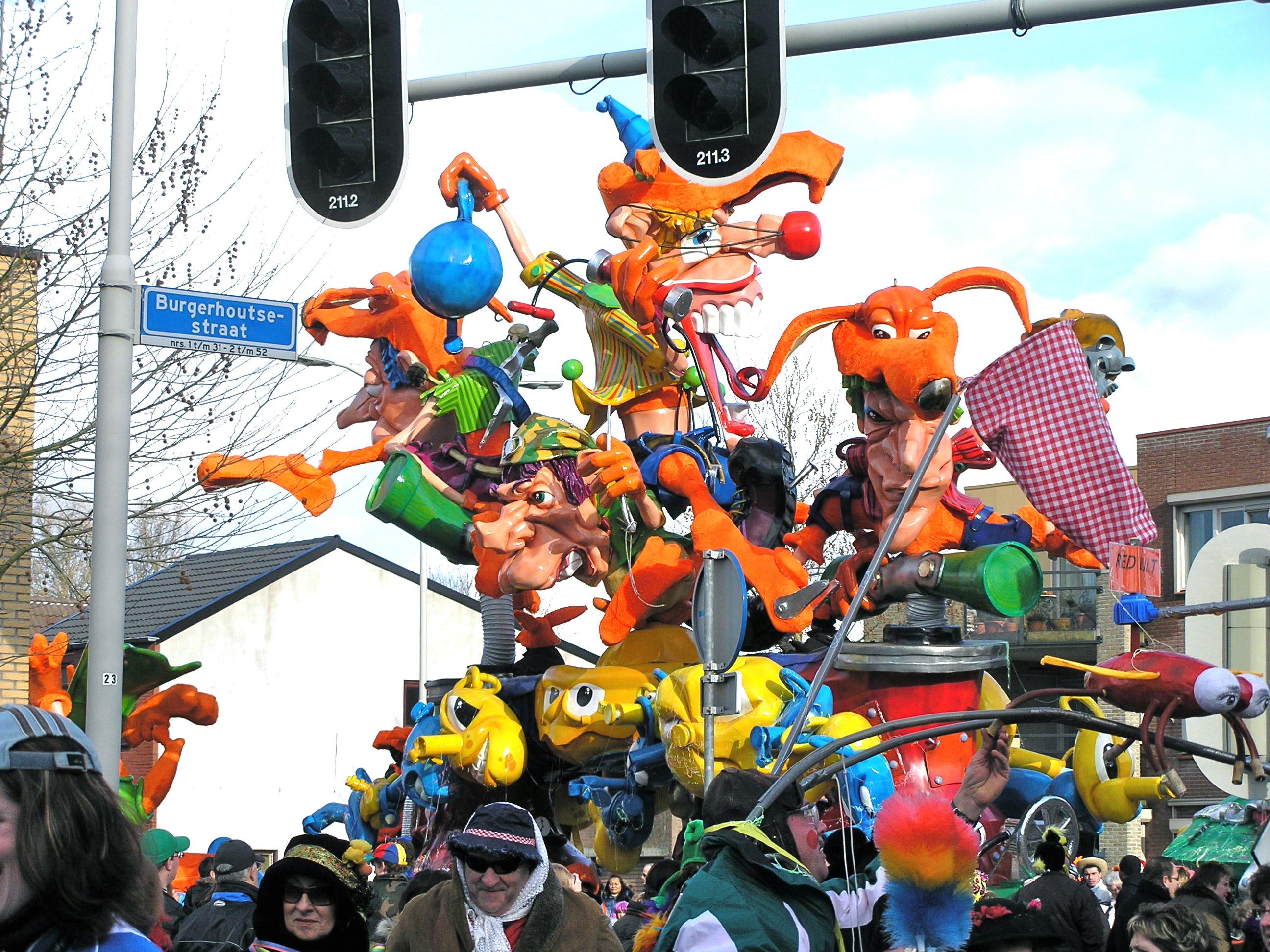
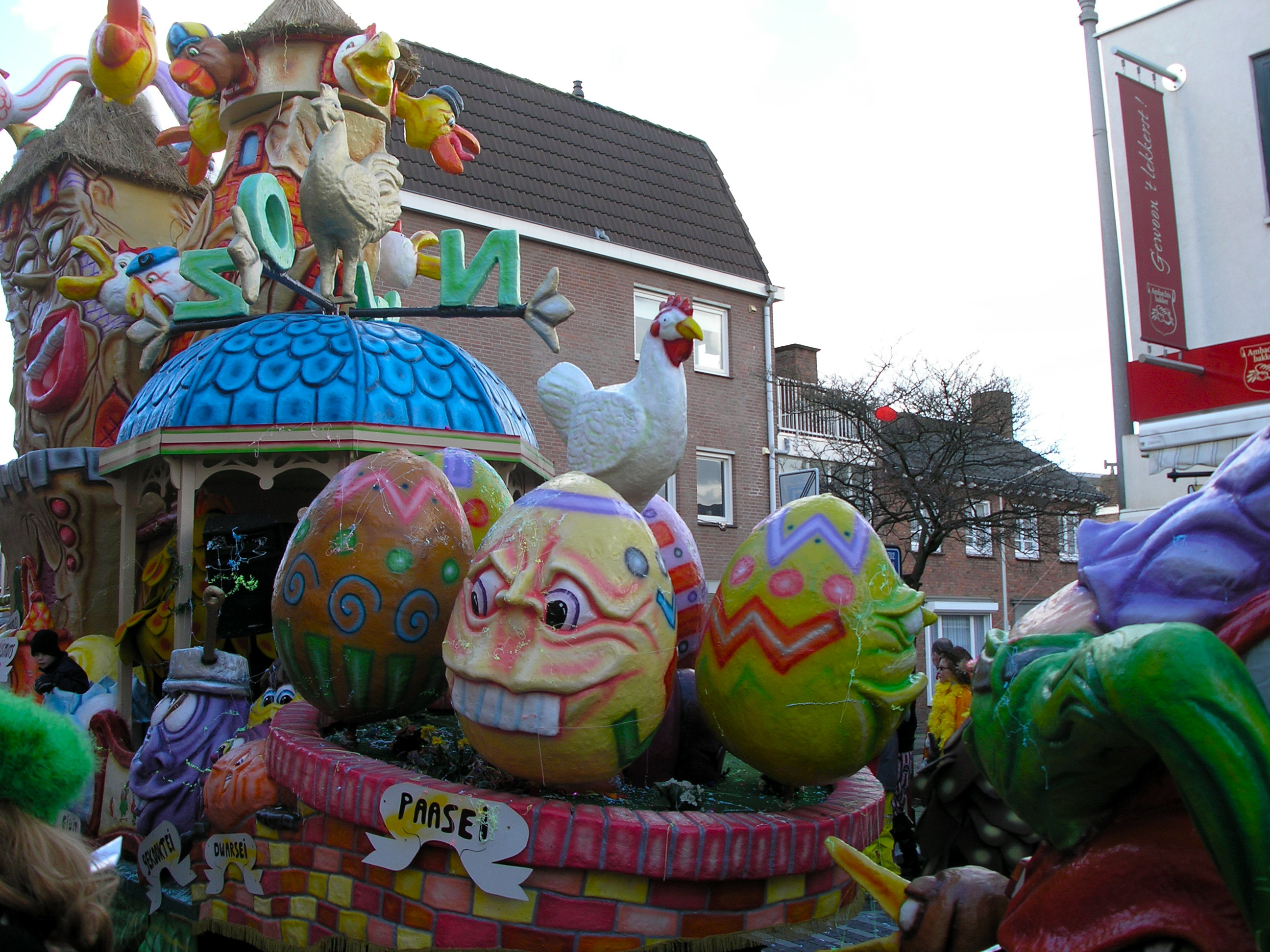
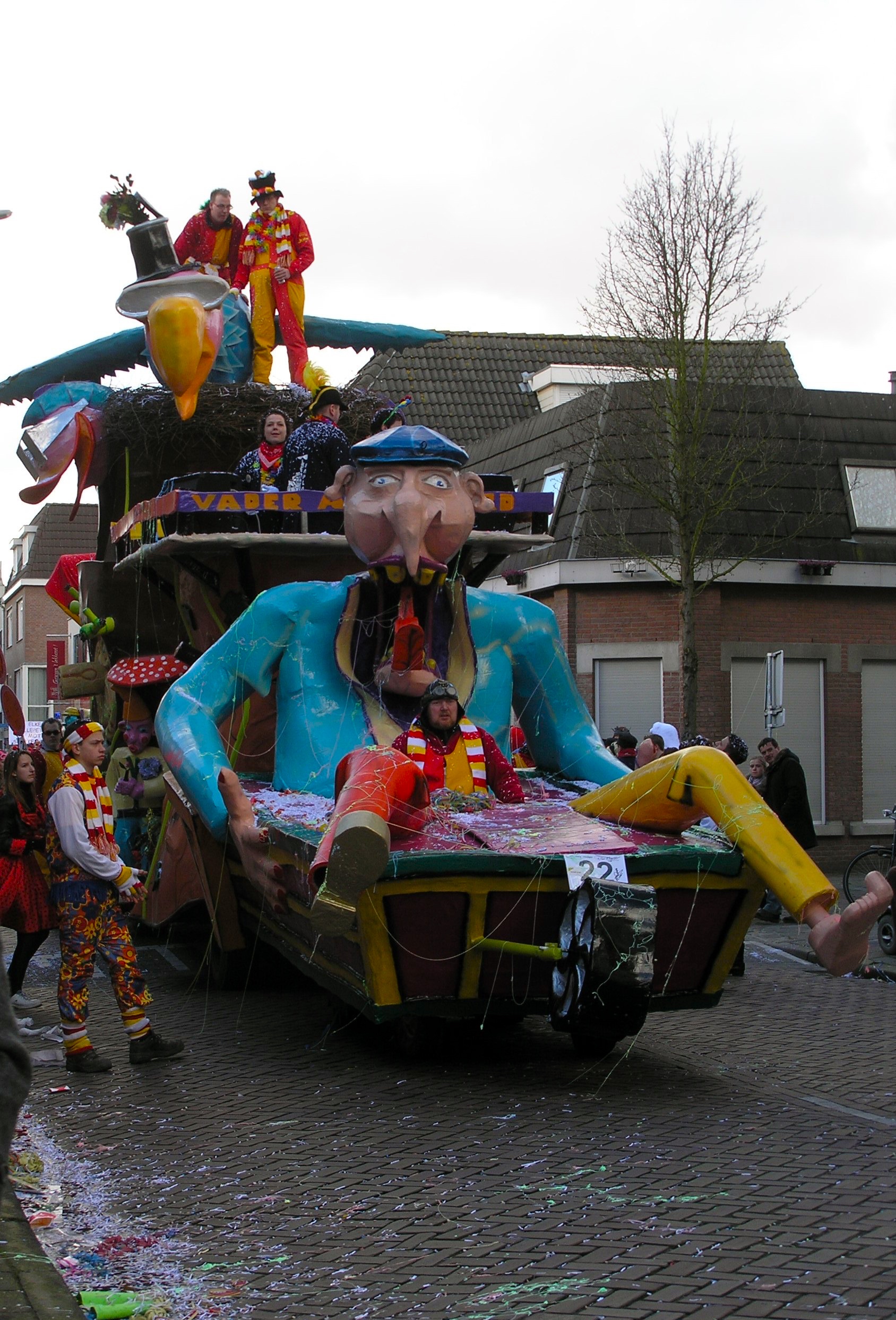
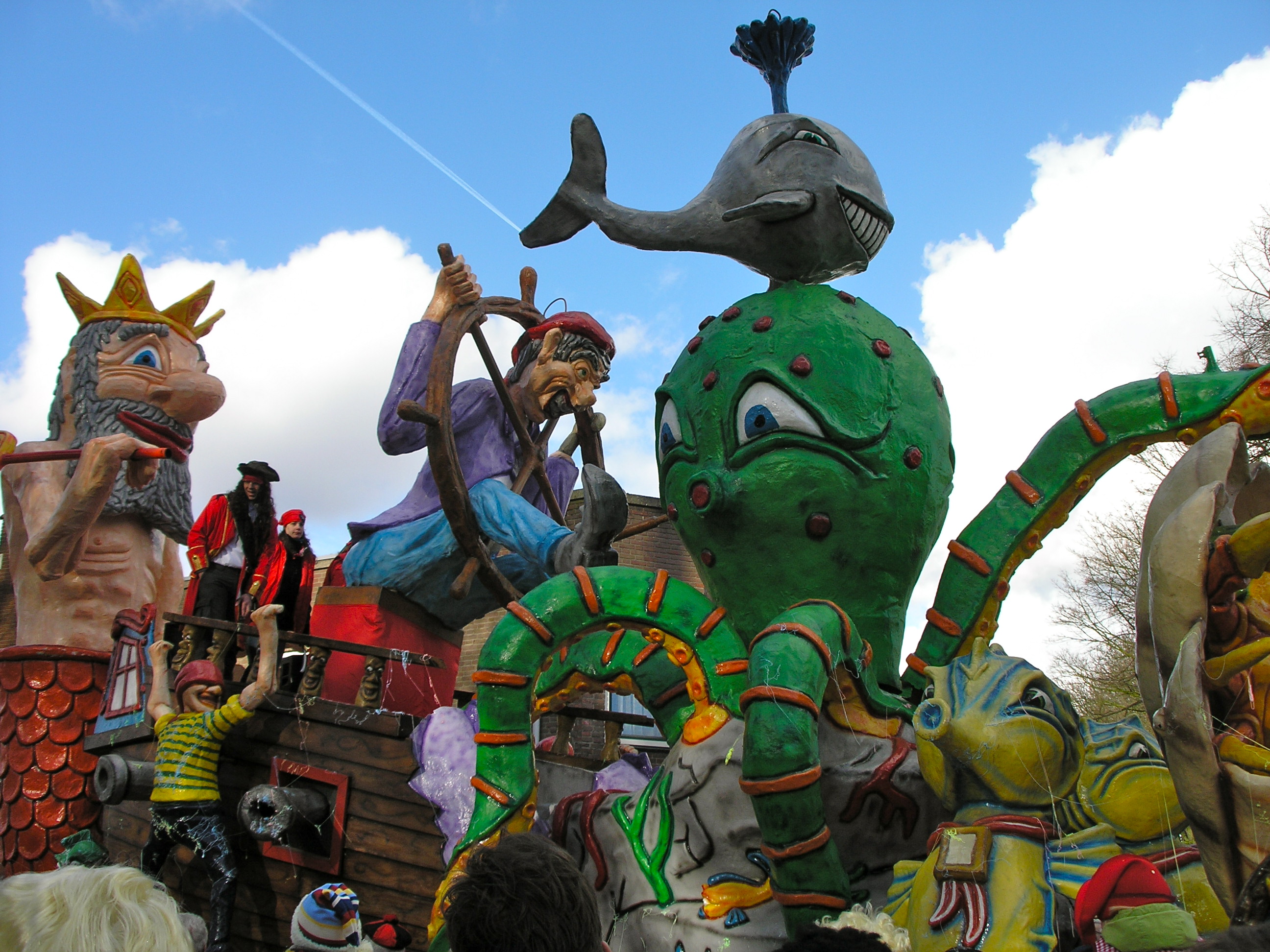

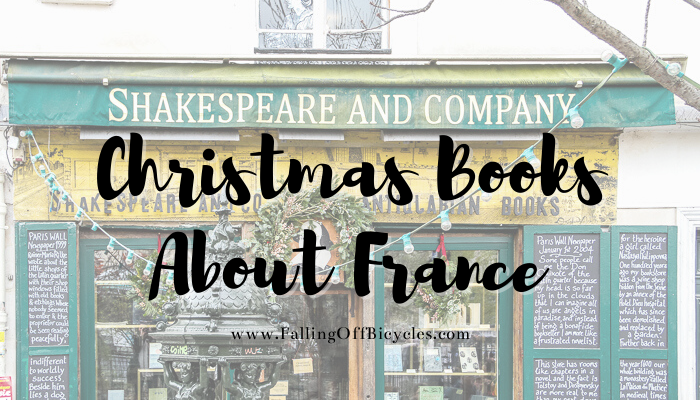
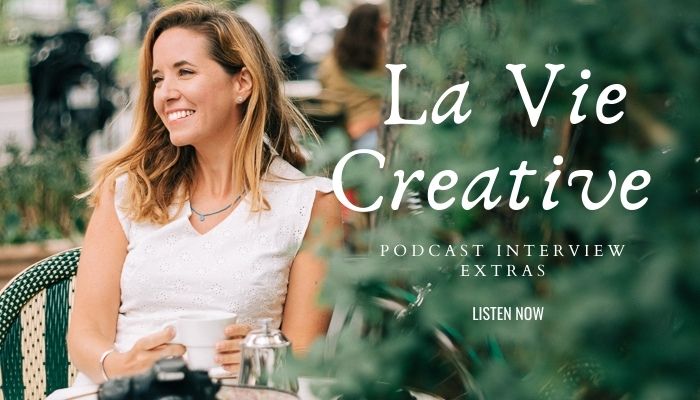
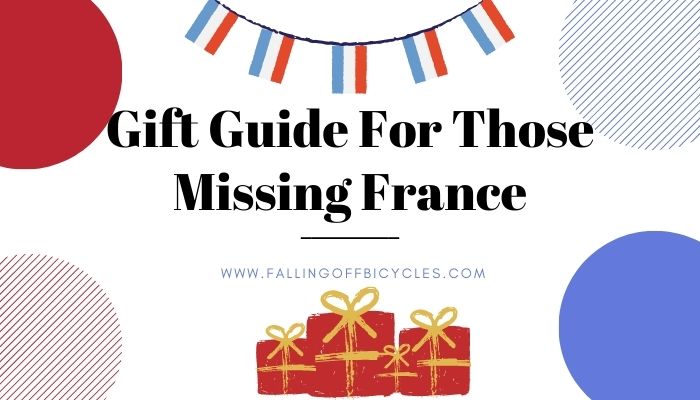

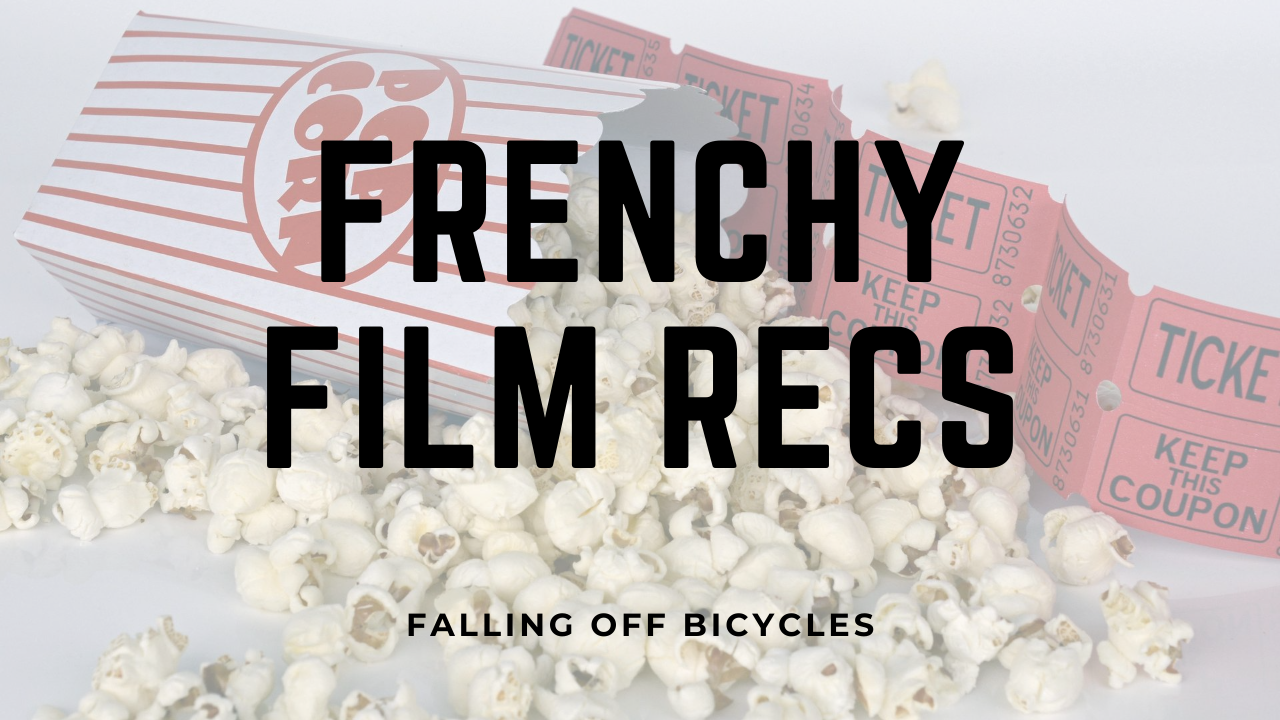
Comments